
|
|
|
| synonym |
Melanoliarus montanus |
| description |
The vertex and mesonotum are dark brown, with the mesonotal carinae brownish to dull orange. The vertex is broad, with the median length noticeably less than the width at the apex of the posterior emargination. The face is typically castaneous in color, sometimes fuscous; the carinae range from yellow to orange. The wings vary from lightly to moderately spotted, with most of this speckling along the clavus and apical portions of the corium, sometimes a three or less spots in the costal cell. The wing venation is brownish with some white and dark sections interspersed; the stigma is brown. Adult males are 7.0 to 7.6 mm long. (Mead & Kramer, 1982) |
| distribution |
Eastern United States (UDEL) |
| abundance |
Recorded from a few counties across the state, likely under collected. |
| seasonal_occurrence | |
| habitat |
Mountainous, hilly areas |
| plant associates |
Has been collected from Hickory (Carya sp.) (Mead & Kramer, 1982)
"Nymphs of cixiids are subterranean, feeding on roots and possibly fungi. The significance of adult host records is unclear. Many cixiids are presumed to be polyphagous (as adults), most often on woody plants." (UDEL) |
| behavior |
Can be attracted at night with a light. |
| comments |
This may be the most difficult genus of planthoppers, perhaps even hoppers to identify in North Carolina. In the case of M. montanus, Mead & Kramer (1982) note that it is most likely to be confused with M. placitus, but can be readily separated by the male terminalia (apical segments of the abdomen) and genitalic processes (see Mead & Kramer, 1982). This species also tends to be darker overall than M. placitus. |
status |
[Native:]
[Introduced:]
[Extirpated:] | | list_type |
[Official:]
[Provisional:] |
| adult_id | Unmistakable and widely known Identifiable from good quality photos of unworn specimens
Identifiable from photos showing undersides, or other specialized views [e.g., legs, face]
Identifiable only by close inspection of structural features or by DNA analysis NULL |
| nymph_id | Unmistakable and widely known Identifiable from good quality photos, especially where associated with known host plants
Identifiable from close inspection of specimens or by DNA analysis
Identifiable only through rearing to adulthood NULL |
| G_rank |
|
| S_rank |
|
| rank_comments |
|
| tribe |
Pentastirini |
| subgenus |
|
Species Photo Gallery for Xenoliarus montanus No Common Name |
 | Photo by: A.M. Deczynski
Out Of State Co.
Comment: malerncoll. A.M. Deczynski | 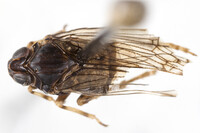 | Photo by: A.M. Deczynski
Out Of State Co.
Comment: malerncoll. A.M. Deczynski |
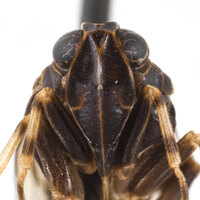 | Photo by: A.M. Deczynski
Out Of State Co.
Comment: malerncoll. A.M. Deczynski | 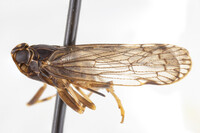 | Photo by: A.M. Deczynski
Out Of State Co.
Comment: coll. A.M. Deczynski at lightrndet. C.R. Bartlett |
 | Photo by: A.M. Deczynski
Out Of State Co.
Comment: coll. A.M. Deczynski at lightrndet. C.R. Bartlett |  | Photo by: A.M. Deczynski
Out Of State Co.
Comment: coll. A.M. Deczynski at lightrndet. C.R. Bartlett |
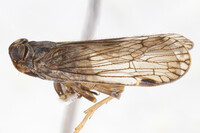 | Photo by: M. Frye
Out Of State Co.
Comment: UDCC_TCN 00003344rncoll. M. Fryerndet. C.R. BartlettrnMale | 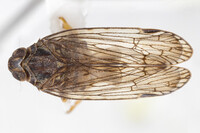 | Photo by: M. Frye
Out Of State Co.
Comment: UDCC_TCN 00003344rncoll. M. Fryerndet. C.R. BartlettrnMale |
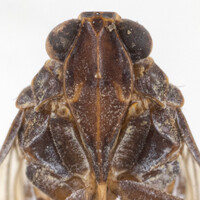 | Photo by: M. Frye
Out Of State Co.
Comment: UDCC_TCN 00003344rncoll. M. Fryerndet. C.R. BartlettrnMale |

 »
»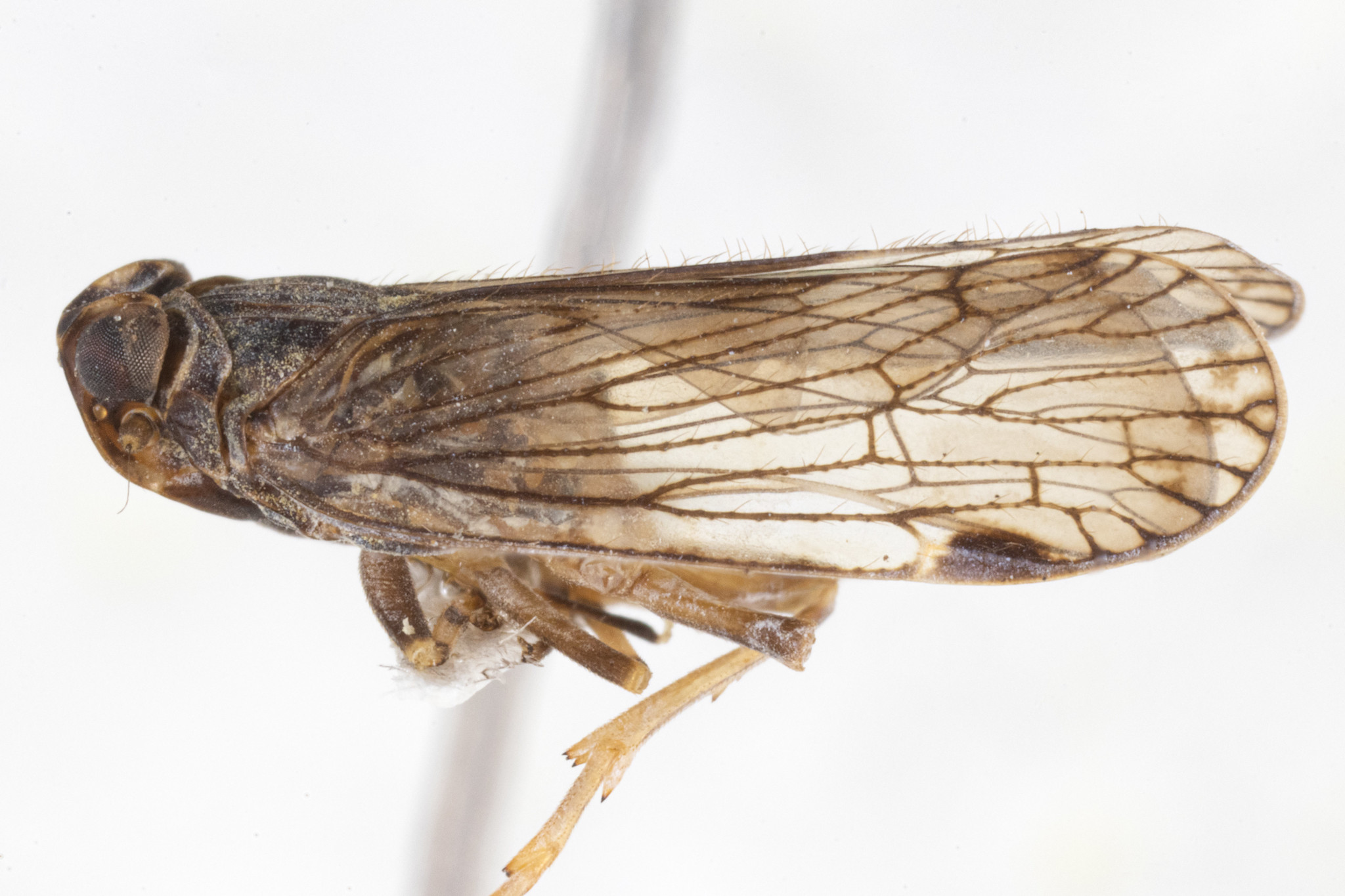
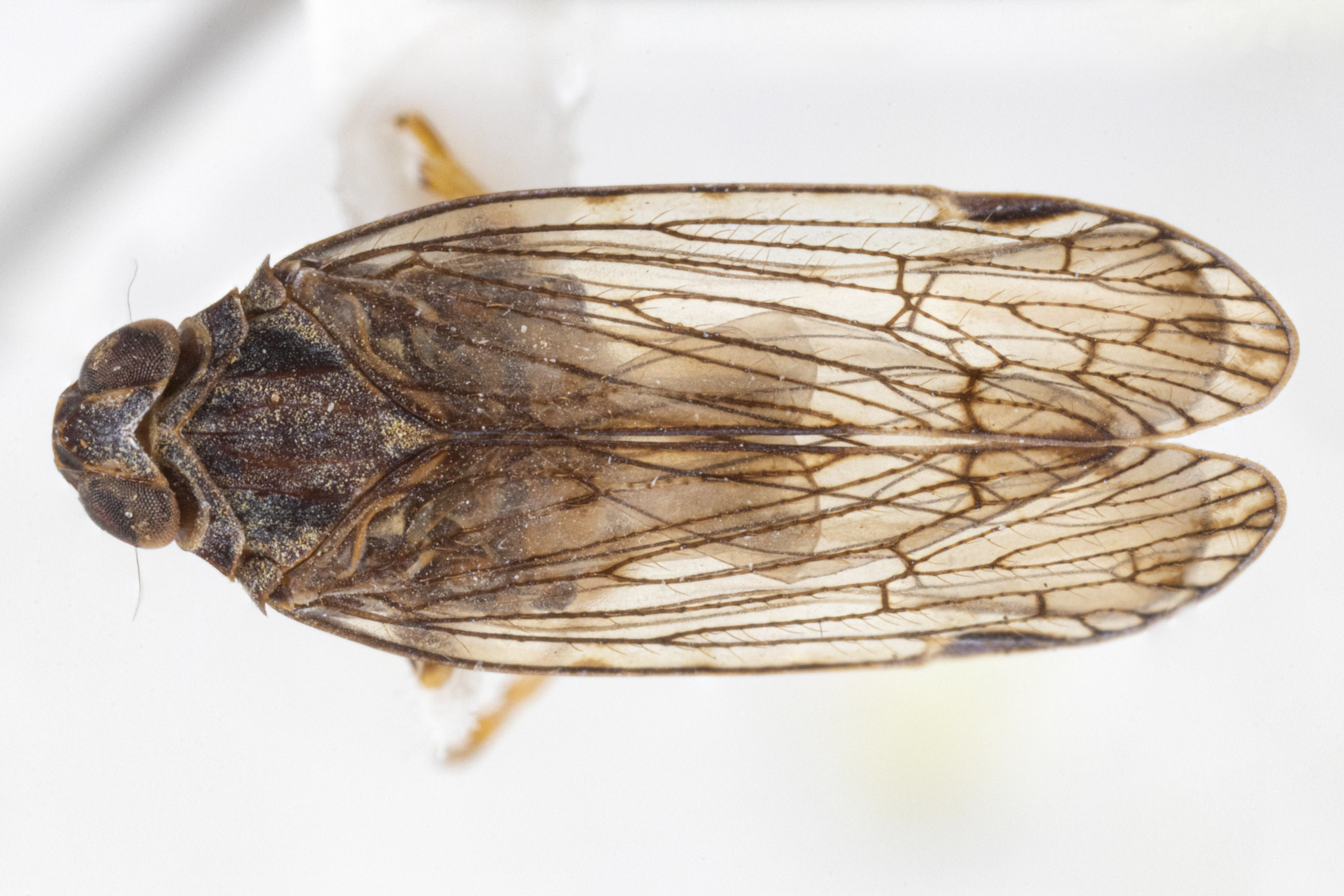
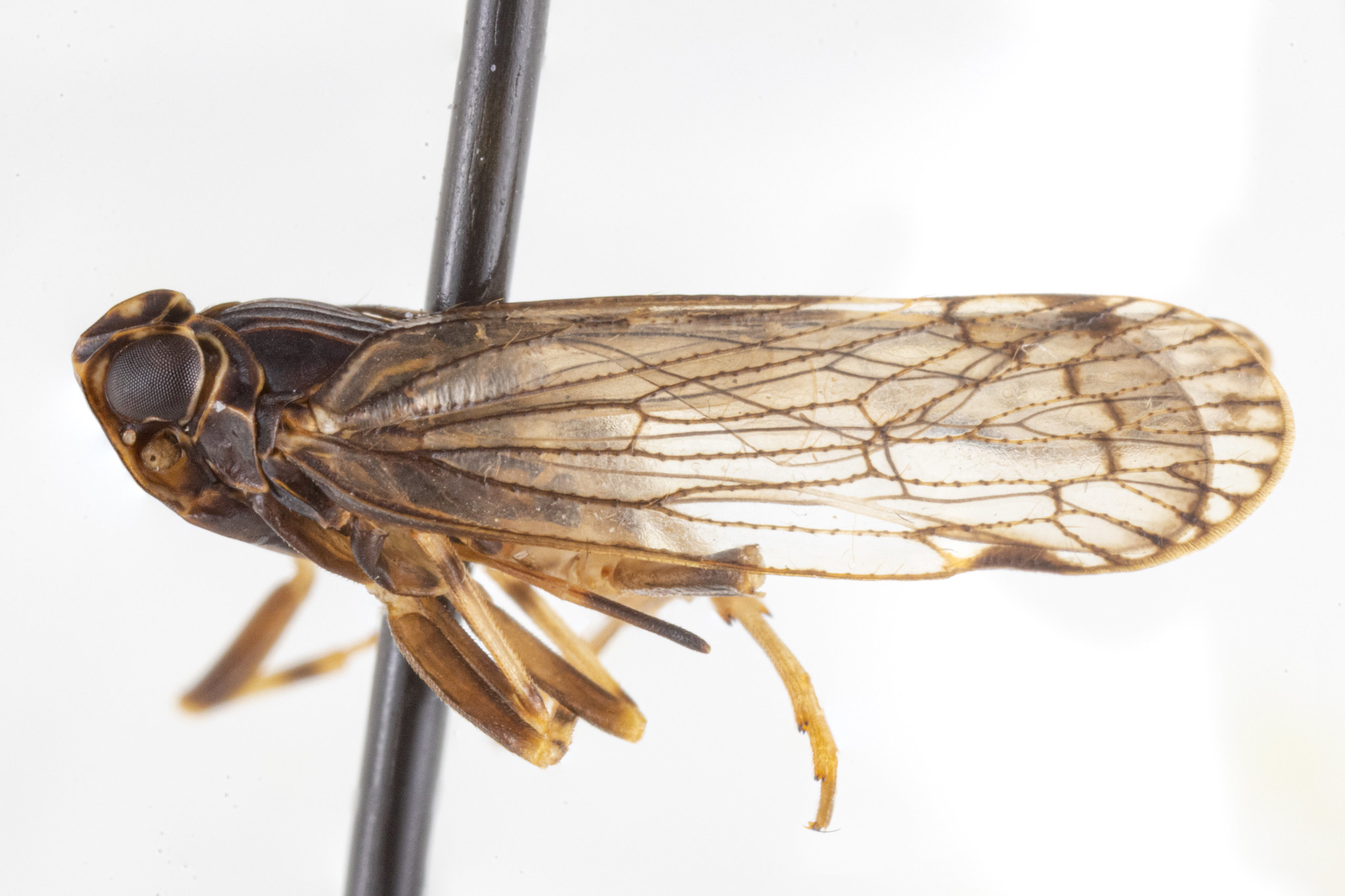


 »
»


